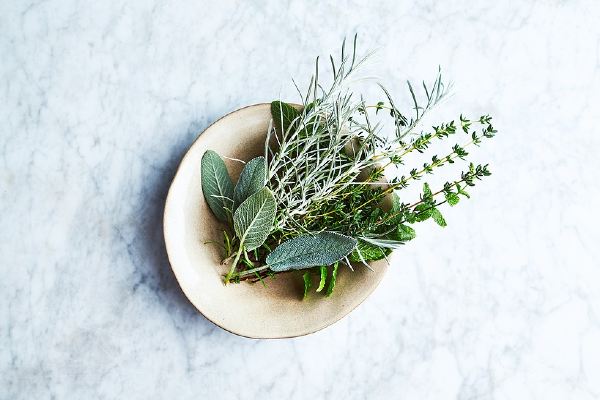There are so many wonderful new flavors, textures, and aromas just waiting to be discovered in the world of herbs! However, if you have ever felt intimidated by herbs before, we know just how you feel.
This blog is a fool-proof guide to some of the most common herbs. Keep reading to discover how to prepare these herbs and the dishes in which they are often used. If you feel inspired, try the recommended recipes as well.
Basil
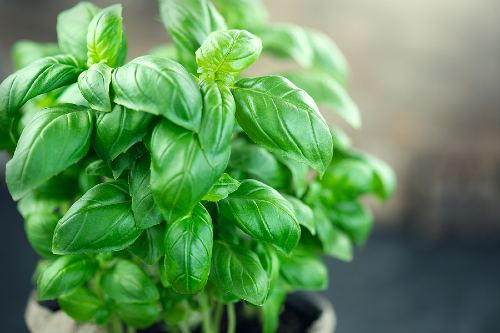
Common Cuisines: Italian and Spanish
How to Use: Like many herbs, basil can be used in its fresh or dried form to bring flavors to many dishes! To release the natural, fragrant oils from the basil leaves, you can either tear them into smaller pieces or place a few leaves in one palm and clap your hands together.
Note: dried herbs are generally more concentrated and flavorful than fresh herbs. When substituting fresh herbs for dried in a recipe, you will need to use 2-3 times as much as the amount called for.
Suggested Recipes: Try our Southern Bread Salad with Olives and Pecans or add fresh basil, strawberries, and lemon juice to jazz up your next glass of water.
Bay Leaves
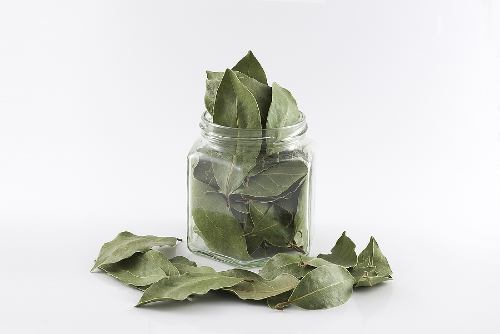
Common Cuisines: Mediterranean
How to Use: Bay leaves are most commonly found in their dried form. This herb is frequently used to flavor slow-cooking recipes such as soups, stews, and sauces. Since the leaves are packed with flavor, usually only one bay leaf is needed per pot. A reminder to the cook: bay leaves should be removed from a dish before it is served.
Suggested Recipe: This vegan Jumpin’ Jambalaya is sure to please a crowd.
Rosemary
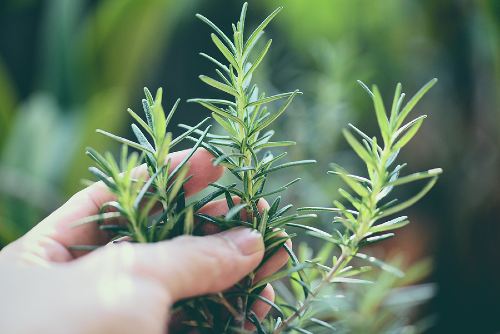
Common Cuisines: Greek, Spanish, and French
How to Use: Rosemary brings flavor to various Mediterranean dishes but be warned- a little goes a long way. A few fresh sprigs chopped finely can elevate your next pasta sauce or side of fresh veggies!
Suggested Recipe: Rosemary complements the tomatoes in this Pasta with Chickpeas, Tomato, and Spinach recipe nicely.
Thyme

Common Cuisines: French, Bulgarian, and Caribbean
How to Use: Thyme grows in many varieties, with English thyme being the most common. When using fresh thyme in dishes, the small sprigs should be plucked off of the central stem and roughly chopped to release the natural oils.
Suggested Recipe: This Slow-Cooker Stew Peas recipe can be flavored with either fresh or dried thyme and is the perfect complement to brown rice for a hearty meal.
Cilantro/Coriander

Common Cuisines: Mexican, Chinese, and South African
How to Use: “Cilantro“ refers to the leaves and stems of this herb, while “coriander“ refers to the seeds. This means that no part of the plant goes to waste! Fresh cilantro leaves can be used whole for garnish or can be torn or roughly chopped to add flavor to a dish.
Suggested Recipe: Cilantro brings a fresh, bright taste to our Peach Salsa recipe. This salsa can be enjoyed with whole wheat pita chips or as a topping for chicken or pork.
Mint

Common Cuisines: Greek and Bulgarian
How to Use: Once the mint leaves have been picked off of their stems, they can be used to flavor or garnish various desserts and beverages.
Suggested Recipe: Trying to drink more water? Tear a few fresh mint leaves in half and add them to our Cucumber Lemon or Watermelon Lime flavored water recipes. It will feel like a treat!
Parsley
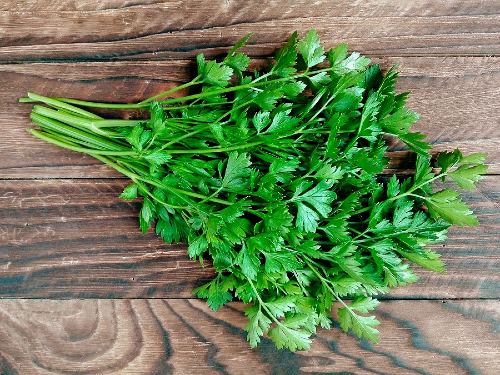
Common Cuisines: French, Italian, Spanish, and Caribbean
How to Use: Make sure you look at the photo above closely- parsley has been known to fool some people into thinking that it‘s cilantro! While the two herbs look similar, they add very different flavors to a dish. To prepare fresh parsley, remove the leaves from the stems, chop, and add them to salads, soups, and vegetable dishes.
Suggested Recipe: We‘re quite partial to this Baked Fish and Veggies recipe. It‘s flavorful, easy to make, and even easier to clean up!
Oregano
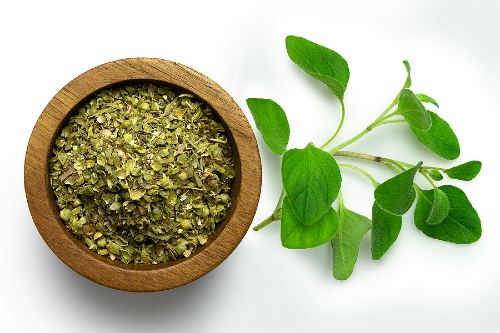
Common Cuisines: Italian, Mexican, and Greek
How to Use: Fresh oregano might be used for some dishes, but most recipes called for the dried herb pictured above. Oregano can be used to add a distinct taste and aroma to meat and veggie dishes.
Suggested Recipe: Of course… pizza! Our Homemade Veggie Pizza calls for oregano in the sauce, but the herb can also be used as a flavorful topping as well.
This is not an exhaustive list, but it is somewhere to start! We can all use a little push to be more adventurous in the kitchen. Hopefully, this herb guide can help you find some new flavors and recipes to experiment with.
All the information included in this post can be found at: Herbs in Southern Gardens | UGA Cooperative Extension. Be sure to check out this webpage for more details if you are interested in growing and harvesting your own herbs!
Written by Darci Bell, RDN, LD | Edited by Leslie Davis, RDN, LD, CDCES and the Nutrition Team
Posted: January 18, 2021


